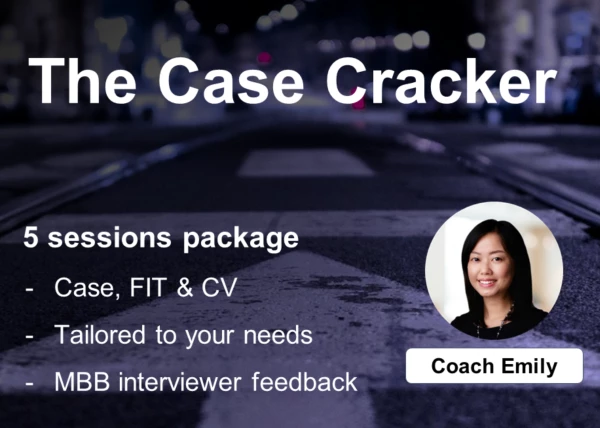Hey PrepLounge Community,
What's your take on a good 'market sizing approach' for tourism attractions?
This is the question:
'How many people have a London Eye tour/visit/ride every year?'
I would answer like this: 'I would explore 3 approaches:'
1) Peak-Based Occupancy Analysis
- I try to estimate occupancy on different seasons/times/shifts
- After this, I try to calculate revenues (considering potentially a complex product-price mix)
2) Market-based analysis - generic
- I try to guess the total market (London Visitors) in which we compete
- I try to estimate a penetration rate for the two segments
3) Market-based analysis - segmented
I can also go with the approach 2 but based on specific product/customer segments (e.g. business v. normal rides or tourists v. citizens)
Is this a good structure?
Thank you for your help!
Anonymous




















